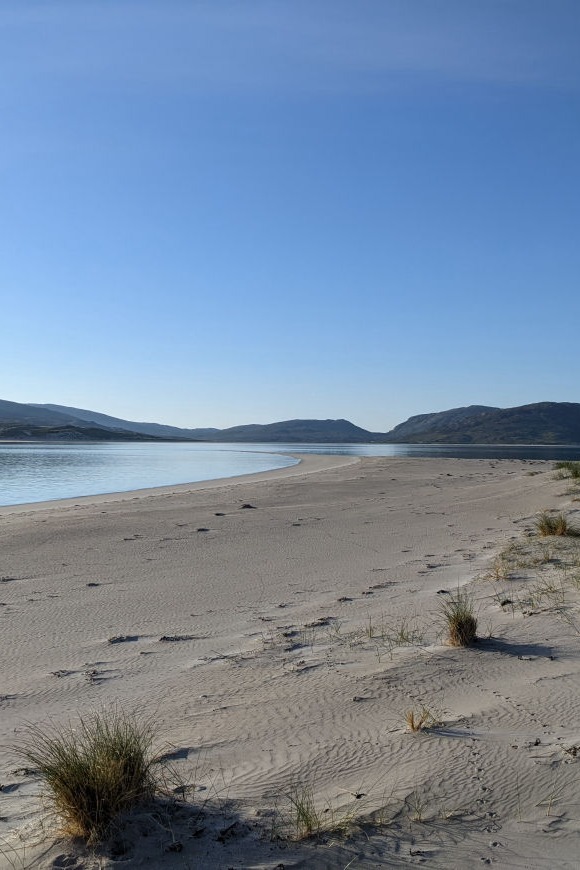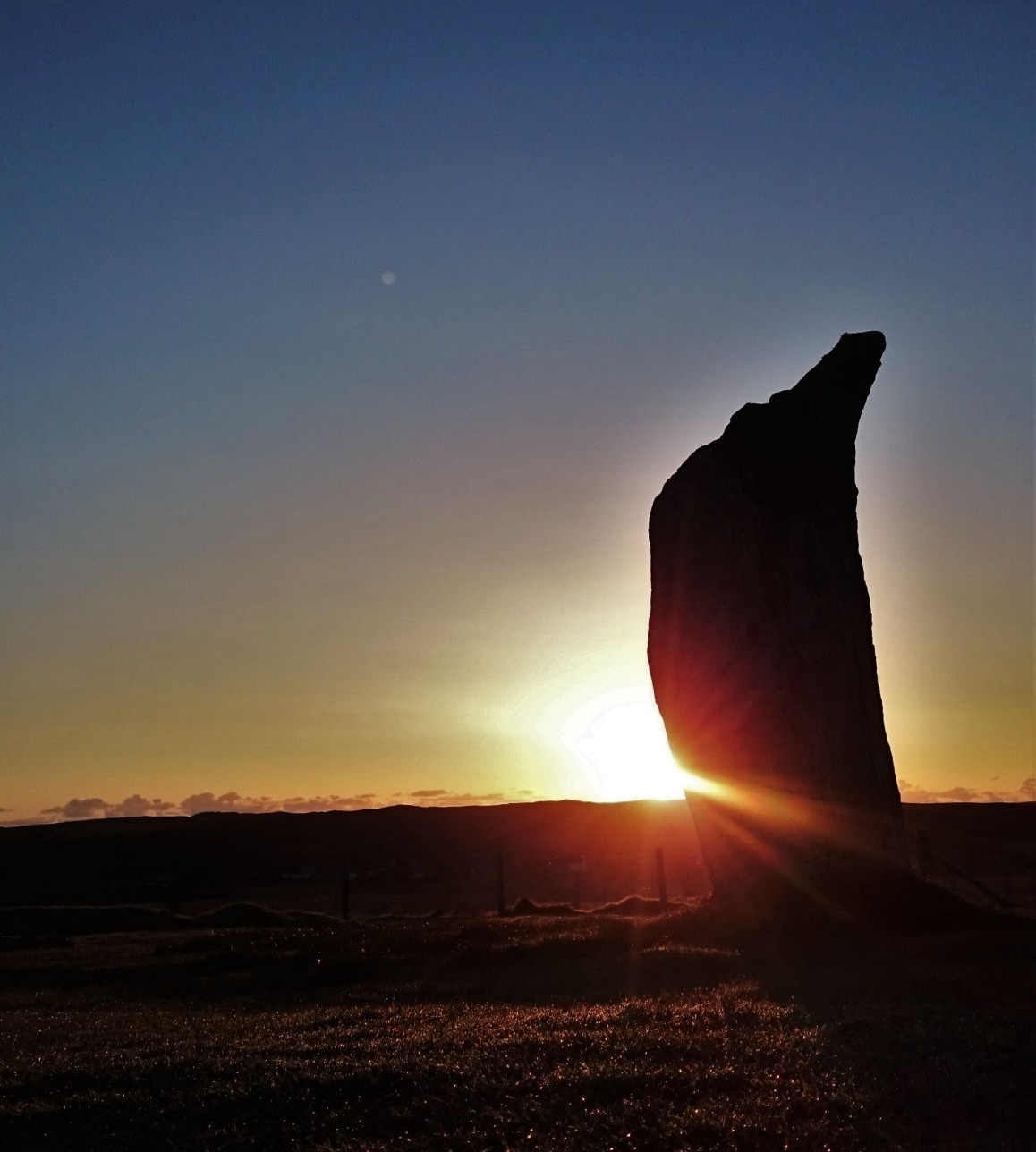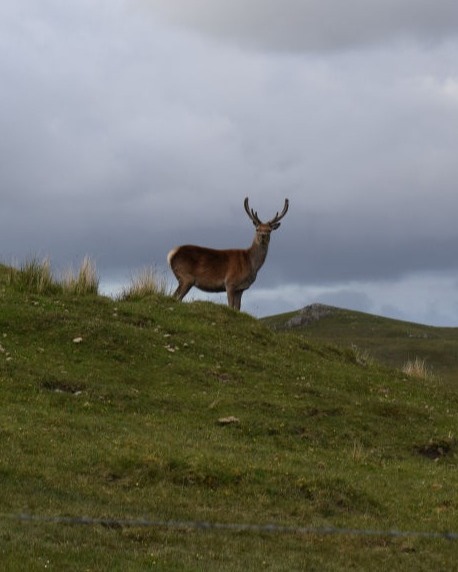
Beaches
Everyone's heard of the famous Luskentyre beach but Lewis and Harris have so many outstanding beaches. Here are some of our favorites.
Tràigh Ùige - Ardroil, Uig (Lewis)
Sometimes called Uig Sands, this enormous expanse of beach is a must see. It was here in 1831 that the famous Lewis Chessmen were discovered in a small stone chamber having been hidden for over 500 years.
Tràigh Hushinish - Hushinish (Harris)
A beautiful sandy bay at the end of a picturesque 12 mile single track road. Perfect for time in the water or a hike to the hidden beach of Tràigh Mheilein (also known as Cravadal). Nearby just to the north lies the uninhabited island of Scarp, the location of an experimental rocket postal service in the 1930s.
Tràigh Bostadh - Bosta, Great Bernera (Lewis)
This white shell sand beach is found at the far end of the island of Great Bernera. The beach is the location of a Tide and Time bell, set on rocks out in the bay, that rings as the tide passes. A replica Iron Age house sits at the head of the beach, open to the public during the summer.
Tràigh Mhòr - Tolsta (Lewis)
A mile long stretch of white sand, backed by sand dunes. The main beach is accessed by a small inland beach created by the course of a river. Overlooked by a rocky headland with stunning views of the beach and sea.

